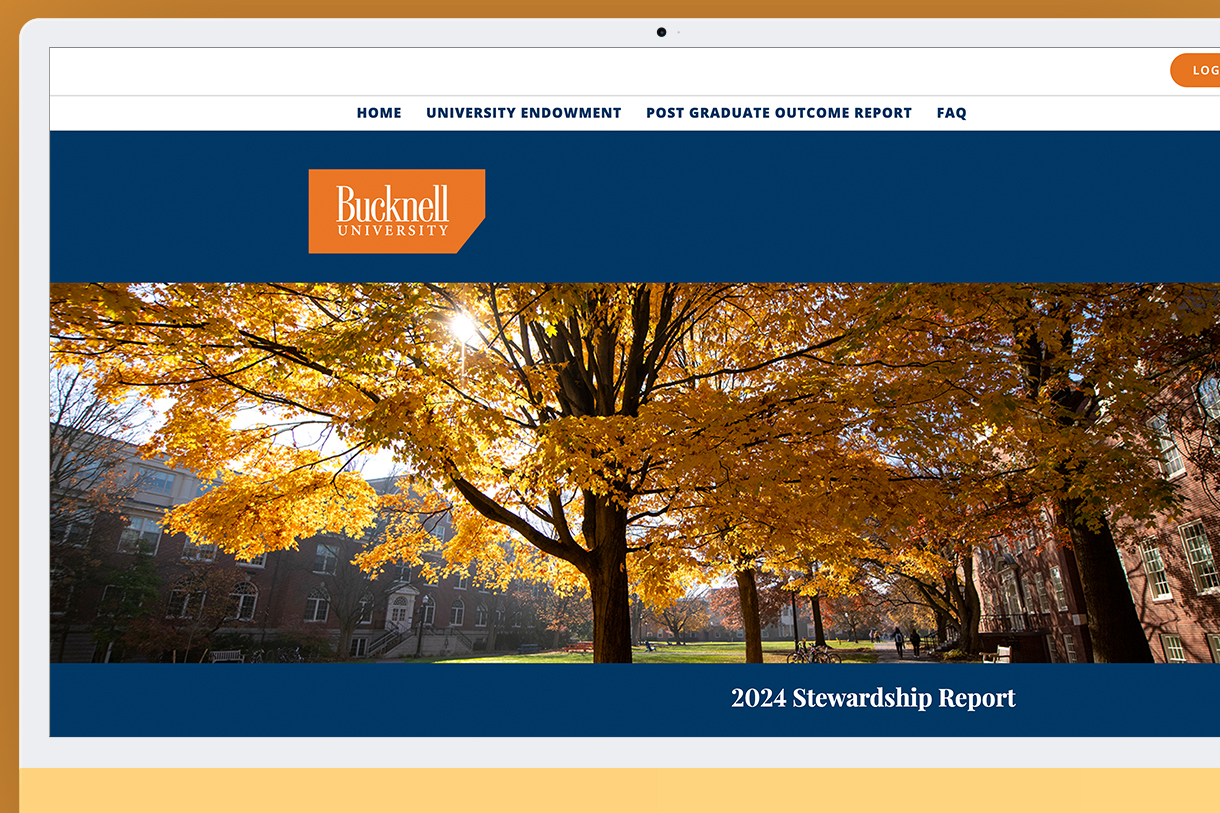Bucknell's six-person team, led by Jessica Owens Pastuszek, knew something was broken when her stewardship team spent more time chasing paperwork than stewarding donors.
Fifty hours per reporting cycle just following up on missing content. Hundreds of Google docs scattered across email threads. Three different spreadsheets to track basic progress. Character limits that forced them to cut the most compelling impact details.
One year later? They delivered 1,520 personalized reports 2.5 months early while saving 500 hours of work time.
"We sent roughly 1,200 digital reports and 320 printed reports our first cycle using Mythos and saved an estimated 500 hours of work time in that process," Jessica says. "Our donors are saying that they're the best reports that they have received to date."
Those results represent more than efficiency gains. They show what becomes possible when automation replaces manual coordination—reports delivered 2.5 months early, campus partnerships that strengthen the entire advancement operation, and donor satisfaction that exceeds expectations.
Manual chaos consumed strategic time
Before Mythos, Bucknell's annual reporting process consumed enormous amounts of staff time on administrative tasks rather than strategic stewardship work. Jessica's team was drowning. But what if this chaos could be transformed into streamlined efficiency in just one reporting cycle?
Content collection consumed entire days
"I found myself spending hours upon hours just reminding folks that they needed to submit their impacts or students needed to reply to our survey," Jessica recalls. The team managed hundreds of Google docs and sheets with campus partners through individual emails, tracking student profile information, thank you notes, and impact narratives from faculty.
The follow-up emails alone consumed at least 50 hours per reporting cycle across the team.
Technical limitations compromised quality
The platform that Bucknell used prior to Mythos imposed character limits that "forced our team to cut important information" from impact stories. Critical details about donor impact got trimmed to fit arbitrary technical constraints. Students and faculty struggled with difficult interfaces, leading to declining response rates and minimal effort from contributors.
Workflow confusion created bottlenecks
Without built-in workflow functionality, the team edited impact narratives in hundreds of separate Google docs, then manually uploaded each report by cutting and pasting paragraph by paragraph. Word count errors meant troubleshooting file upload issues for individual reports.
They used three Excel files with 200+ rows each, updated manually by six different people to communicate across the team where each report stood in the process, managing three tiers of reports according to donor ratings—a labor-intensive tracking system that created more coordination work than actual progress.
Print quality disappointed donors and staff
Print reports looked lackluster with lots of white space, especially when students didn't complete surveys. Digital reports were difficult to access, requiring the team to manage donor passwords manually. Any digital template changes required paying the platform vendor and waiting for their timeline, "which meant losing valuable time and resources."
The previous vendor provided slow responses to feedback and offered no training documents or reference materials, making it "difficult to bring new members on the team up to speed."
The transformation that changed everything
Jessica's team needed a complete transformation. Here's exactly how they got it—and saved 500 hours in the process.
In Part 2 of this series, discover the specific solutions that eliminated Bucknell's biggest time drains and delivered reports that donors called "the best they'd ever received." You'll see exactly how three Mythos modules transformed their content collection, workflow coordination, and report quality—with measurable results you can apply to your own institution.




